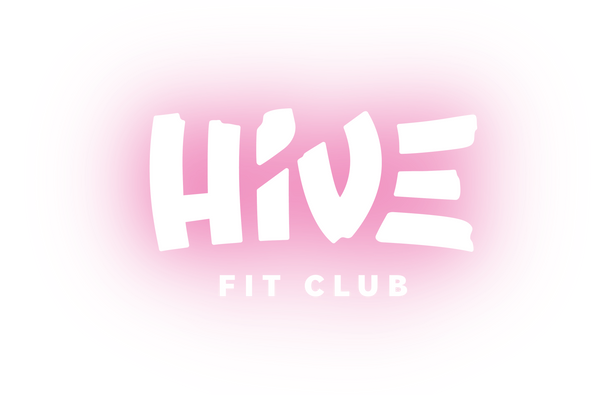
Top 10 Recovery Tips for Active Lifestyles
Share
Living an active lifestyle is exhilarating and empowering, but recovery is the secret weapon that helps you stay on top of your game. Proper recovery not only prevents injuries but also ensures you can give 100% every time you hit the gym, the trail, or the field. Here are the top 10 recovery tips to support your active lifestyle:
1. Hydrate, Hydrate, Hydrate
Your muscles need water to function and recover efficiently. After intense activity, replenish lost fluids with water or an electrolyte-packed drink. Aim to drink consistently throughout the day.
2. Prioritize Sleep
Sleep is when your body does most of its repair work. Aim for 7-9 hours per night to allow your muscles to recover and grow stronger.
3. Stretch It Out
Incorporate dynamic stretching before workouts and static stretching afterward. Stretching improves flexibility, reduces soreness, and promotes blood flow.
4. Refuel with Nutrition
Post-workout, focus on a meal or snack rich in protein and carbohydrates. Protein helps repair muscle fibers, while carbs replenish glycogen stores.
5. Use Active Recovery Days
Not every day needs to be intense. Incorporate low-impact activities like yoga, walking, or swimming to keep blood flowing and reduce muscle stiffness.
6. Embrace Foam Rolling
Foam rolling helps release tension in your muscles and connective tissues. Spend a few minutes rolling out major muscle groups post-workout.
7. Consider Cold Therapy
Ice baths or cold compresses can reduce inflammation and speed up recovery. Perfect after a particularly grueling session.
8. Listen to Your Body
Pushing through pain is not a badge of honor. Know when to rest or scale back to avoid overtraining and potential injuries.
9. Incorporate Massage Therapy
A regular massage can help relieve tension, improve circulation, and reduce recovery time. It’s also a fantastic way to relax!
10. Try Recovery Tools
Innovative tools like massage guns, compression gear, and infrared saunas can elevate your recovery routine. Experiment to see what works best for your body.
Final Thoughts
Recovery is not a one-size-fits-all process. It’s about finding the techniques that resonate with your lifestyle and fitness goals. By prioritizing recovery, you’ll not only enhance your performance but also create a sustainable active lifestyle that feels as good as it looks.






